According to the Department of Health Insurance (Ministry of Health), basic medical examination and treatment facilities are assigned to provide initial medical examination and treatment. Specialized medical examination and treatment facilities are assigned to provide initial medical examination and treatment for certain specific groups according to regulations of the Minister of Health.
Health insurance participants are registering for initial medical examination and treatment at commune, district and provincial levels.
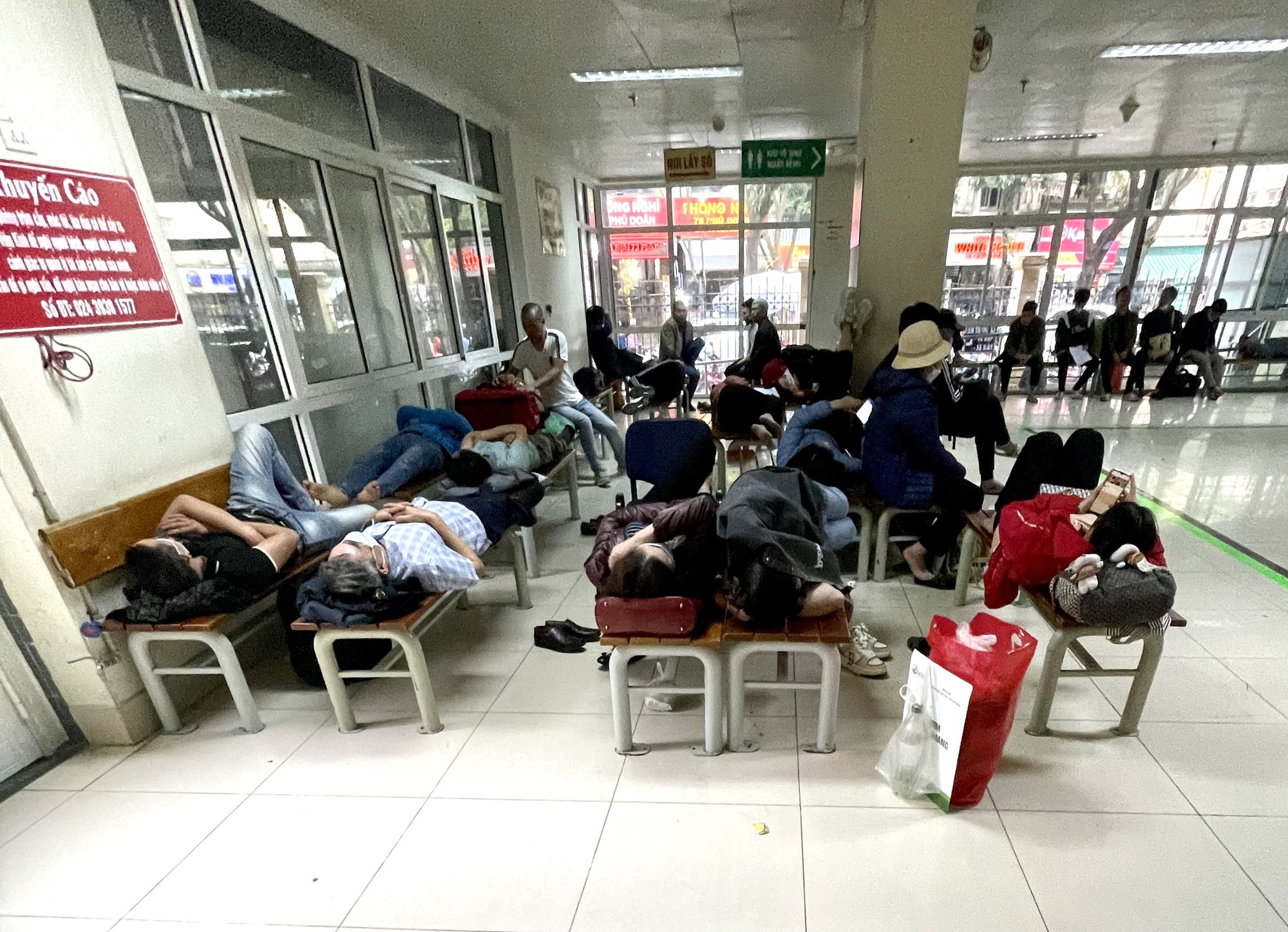
Despite the long distance, many people still want to go to higher level hospitals for treatment.
"Due to the limited expertise of the grassroots medical examination and treatment facilities (equipment, drug list, etc.), many patients, especially those with serious illnesses and complicated treatment indications, have the right mentality to want to go to higher-level facilities," said an expert from the Department of Medical Examination and Treatment Management (Ministry of Health).
Sharing the reality of a case of self-referral to a higher medical facility, the daughter of a female patient (58 years old) said: "My mother has thyroid disease. When examined locally, the doctor planned to operate, saying that the disease had a risk of cancer. Because of being too worried, my family took my mother to a central hospital (Hanoi). Here, the doctor examined, ordered tests and assessed that my mother's disease did not require surgery, and there was almost no risk of malignancy.
My family took my mother to the Central hospital for examination and paid for it themselves because they could not get the insurance transferred. But if we did not go to a higher level, we would not be at ease."
Transparency and quality to "retain" patients
According to Ms. Tran Thi Trang, Director of the Department of Health Insurance, regulations on initial medical examination and treatment registration and regulations on referral for medical examination and treatment under health insurance are necessary to ensure the stability of the health system. These regulations are convenient for patients who do not have to travel far when they need medical examination, treatment or care.
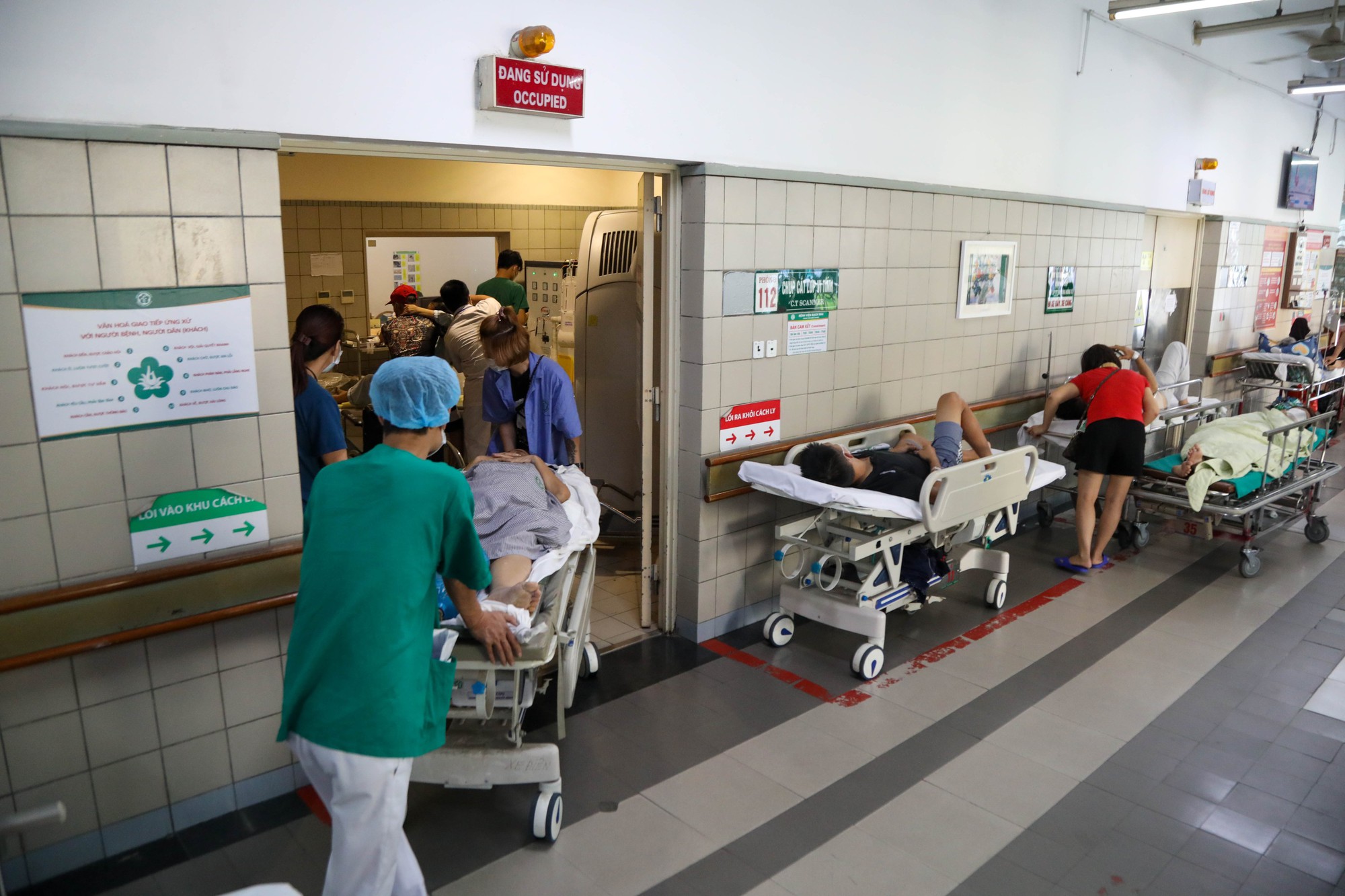
Treatment routing and health insurance referral according to the right expertise ensures patient rights and stabilizes the health system.
"But in reality, implementation is still inadequate. There are serious patients who need to be transferred to higher levels but the hospital still keeps them, causing frustration; there are also cases of mild and common illnesses where patients and their families still want to go to higher levels," Ms. Trang assessed.
Ms. Trang believes that to ensure the rights of health insurance patients, referrals need to be transparent, avoid hassles, and refer to the right specialist.
The representative of the Policy Implementation Board (Vietnam Social Security) noted that localities need to improve the quality of human resources, equipment, diagnosis and treatment quality so that patients can feel secure at primary health care facilities and reduce the desire to transfer to higher levels.
At the commune level alone, there are currently about 10,000 commune health stations providing primary medical examination and treatment. The list of medicines and services for commune health covered by health insurance has been expanded, but many places cannot implement them due to insufficient conditions. The average cost of health insurance examination and treatment still "pours" to the upper level.
According to 2022 statistics, at the district level, the average cost for an inpatient treatment is more than 2.2 million VND. At the provincial level, the average cost for an inpatient treatment is more than 5 million VND, only about 50% compared to the central level (11 million VND/inpatient treatment).
According to the Ministry of Health, the situation of patients flocking to higher levels makes it difficult for grassroots healthcare to develop its techniques. Because being a doctor requires many patients and many medical situations to examine and practice treatment. Without patients, grassroots healthcare cannot develop, even with investment in equipment.
Many hospitals have reduced the rate of referrals, "retained" patients after a period of receiving technology, invested in equipment, and attracted good doctors to work.
During the years 2016 - 2020, implementing the Satellite Hospital Project, improving the capacity of lower levels in emergency and anti-poisoning specialties, satellite hospitals of Bach Mai Hospital (Central level) reduced the rate of transfer to higher levels.
Specifically, at Bac Ninh General Hospital, the referral rate decreased from 4.6% to 2.6%; at Tuyen Quang General Hospital, the referral rate decreased from 5.8% to 4.8%; at Thai Nguyen Iron and Steel Hospital, this rate decreased from 23.5% to 17.2%.
Source link




![[Photo] Closing of the 11th Conference of the 13th Central Committee of the Communist Party of Vietnam](https://vstatic.vietnam.vn/vietnam/resource/IMAGE/2025/4/12/114b57fe6e9b4814a5ddfacf6dfe5b7f)


![[Photo] Overcoming all difficulties, speeding up construction progress of Hoa Binh Hydropower Plant Expansion Project](https://vstatic.vietnam.vn/vietnam/resource/IMAGE/2025/4/12/bff04b551e98484c84d74c8faa3526e0)


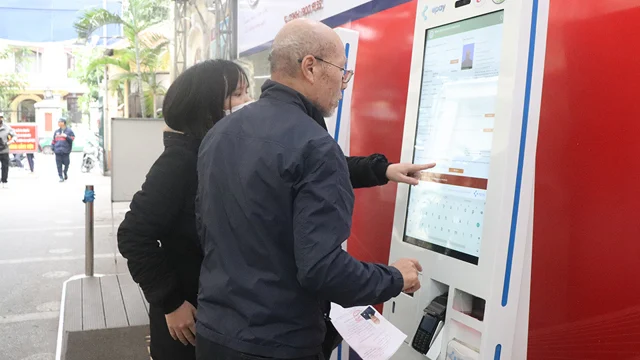

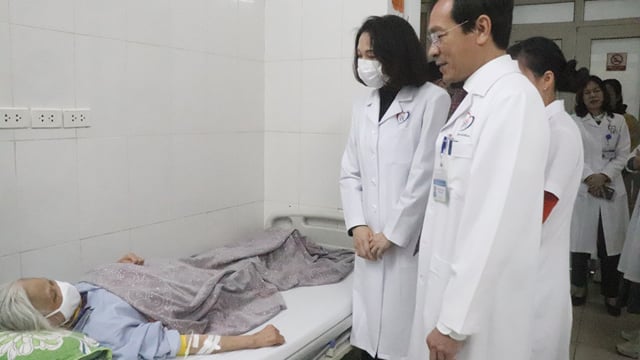
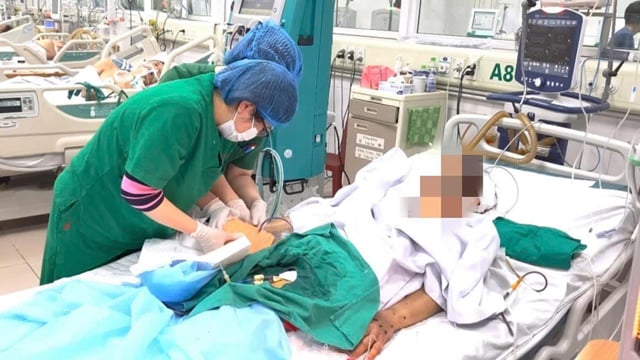
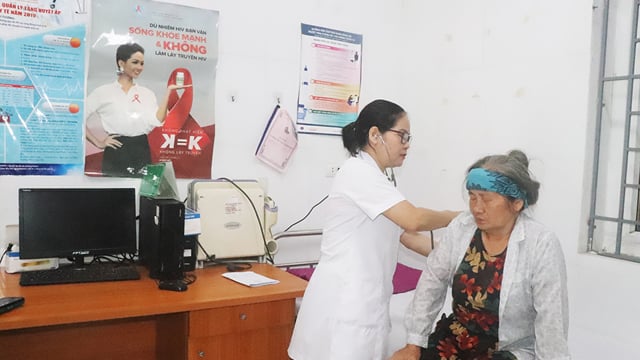
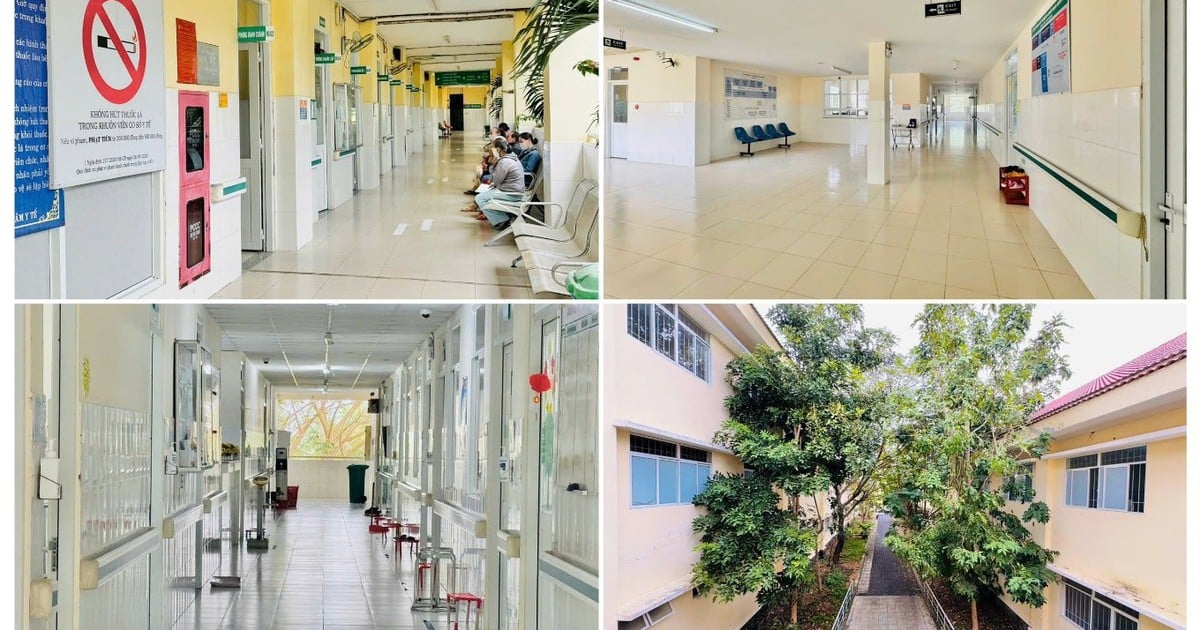
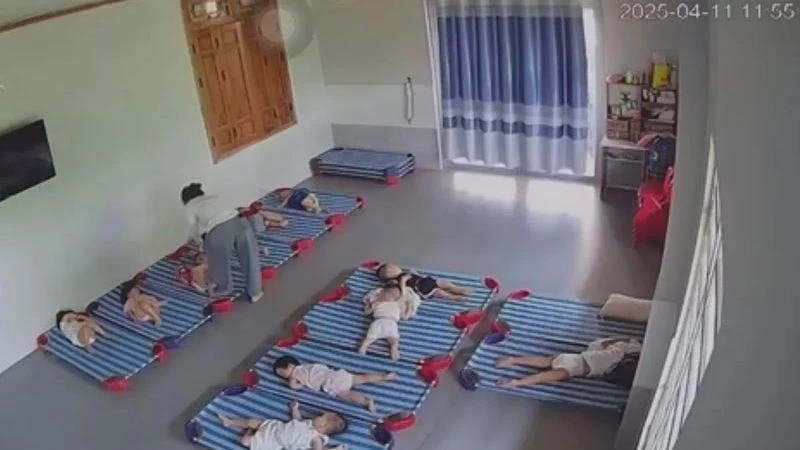
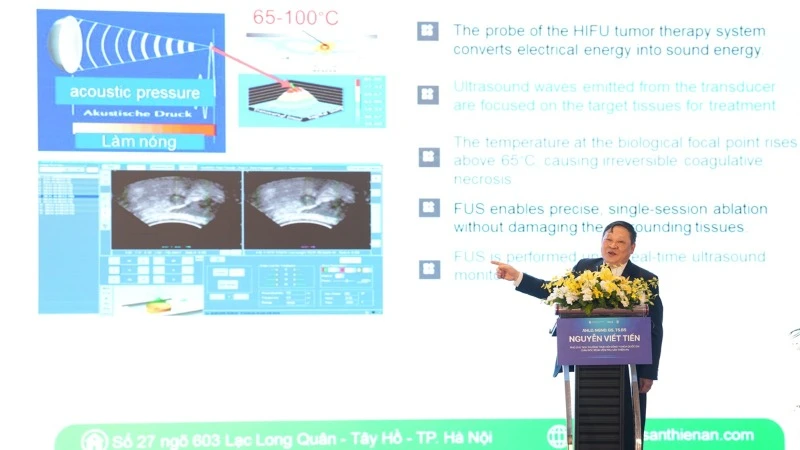
![[Video] First time in Vietnam: Successful implantation of 3rd generation partial artificial heart](https://vstatic.vietnam.vn/vietnam/resource/IMAGE/2025/4/12/8817412224094c68ba2c744b7bd5cfea)

























































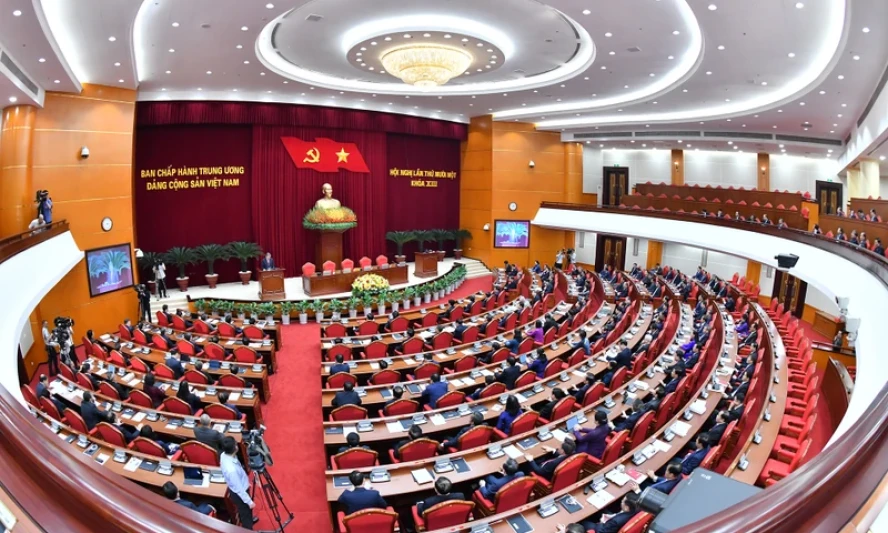
















Comment (0)